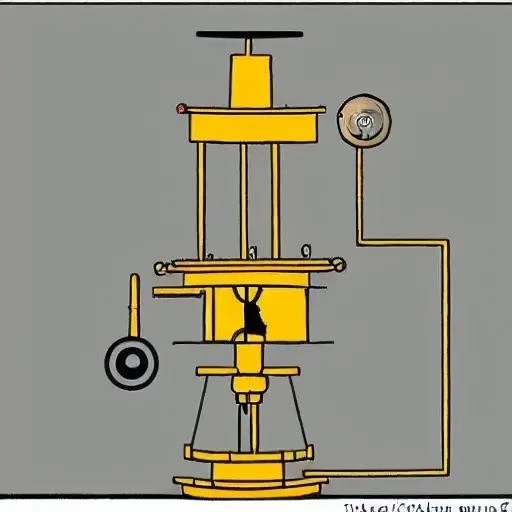Published: 10/01/2025
In the intricate symphony of automotive engineering, few warnings resonate with such immediate urgency as the dreaded “car engine hot indicator.” This unassuming dashboard light, often depicted as a thermometer or simply the word “TEMP,” serves as your vehicle’s most critical distress signal, an undeniable harbinger of potential catastrophe. As we navigate the complex roadways of 2025, modern vehicles are remarkably sophisticated, yet the fundamental principles of engine health remain paramount. Understanding this vital warning isn’t merely about avoiding a breakdown; it’s about safeguarding your investment, ensuring your safety, and extending the lifeblood of your cherished automobile.
Far more than a simple nuisance, the illumination of this particular indicator signals that your engine is operating at dangerously elevated temperatures, threatening irreversible damage to its delicate internal components. Imagine the heart of your car, a marvel of precision engineering, struggling under immense thermal stress—this is precisely what the “car engine hot indicator” is trying to convey. Ignoring this glowing red sentinel, even for a few extra miles, can swiftly escalate a minor issue into a financially crippling engine overhaul. Proactive awareness and swift, informed action are not just recommended; they are absolutely imperative for every responsible driver.
| Attribute | Details |
|---|---|
| Official Name | Engine Coolant Temperature Warning Light |
| Dashboard Symbol | Typically a thermometer icon (sometimes with waves) or the text “TEMP” / “COOLANT.” |
| Color Meanings |
|
| Common Causes of Red Light | Low coolant level, faulty thermostat, coolant leaks (hoses, radiator, water pump), malfunctioning cooling fan, clogged radiator, failing water pump. |
| Immediate Action (Red Light) |
|
| Preventative Maintenance | Regular coolant level checks, scheduled cooling system flushes, inspection of hoses and belts, professional cooling system diagnostics during routine service. |
| Reference Link | AAA Car Care: Engine Overheating |
The reasons behind an illuminated “car engine hot indicator” are multifaceted, often stemming from issues within the car’s incredibly effective cooling system. Most frequently, it signals a low coolant level, a surprisingly common oversight that can have devastating consequences. Coolant, a vital mixture of water and ethylene glycol, is meticulously circulated through the engine to absorb excess heat, then dissipating it through the radiator. When levels drop due to a leak—perhaps from a compromised hose, a failing water pump, or even a tiny pinhole in the radiator itself—the system simply cannot perform its crucial function. Expert mechanics often highlight how a seemingly minor drip can quickly deplete reservoirs, leading to critical overheating conditions.
Beyond insufficient fluid, other culprits include a malfunctioning thermostat, which can become stuck closed, preventing coolant flow, or a faulty cooling fan that fails to engage when the vehicle is stationary or moving slowly. “The cooling system is a complex ecosystem,” explains an industry veteran from a leading automotive service chain, “each component playing a critical role. A single point of failure—be it a clogged radiator or a worn-out water pump impeller—can cascade into a full-blown overheating crisis, often manifesting first as that ominous red light.” These are not issues to defer; they demand immediate, professional attention, leveraging advanced diagnostic tools to pinpoint the exact problem.
The ramifications of ignoring an overheating engine are profoundly severe, often translating into monumental repair bills or even necessitating complete engine replacement. An engine operating at extreme temperatures can suffer from warped cylinder heads, blown head gaskets, cracked engine blocks, or even piston seizure. Think of it like a delicate machine forced to run without lubrication; the internal friction and heat will inevitably lead to catastrophic failure. This isn’t just about the immediate damage; residual stress can significantly reduce the engine’s long-term reliability and performance, prematurely aging components and setting the stage for future problems. By integrating insights from AI-driven diagnostics, modern repair shops are becoming increasingly adept at identifying potential cooling system weaknesses before they become emergencies.
Thankfully, preventing such a scenario is remarkably straightforward and empowering. Regular maintenance, particularly routine checks of your coolant levels and the overall integrity of your cooling system, can dramatically mitigate risks. Proactive drivers should periodically inspect hoses for cracks or bulges and listen for unusual noises from the water pump. When faced with the “car engine hot indicator,” the most crucial step is to safely pull over and shut off the engine without delay. This simple act can mean the difference between a tow and a total rebuild. By embracing preventative measures and respecting the warnings your vehicle provides, you are not just maintaining a machine; you are securing peace of mind on every journey, ensuring your car remains a reliable partner for years to come.






